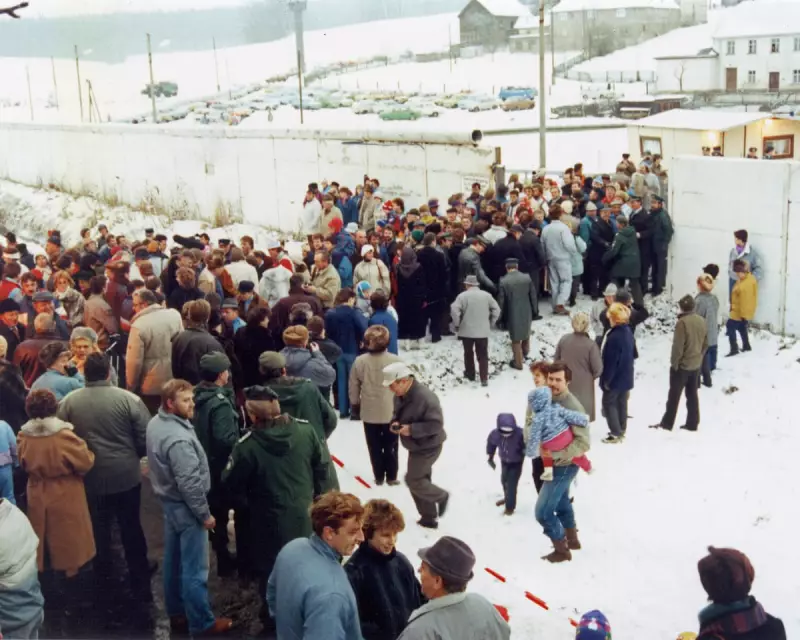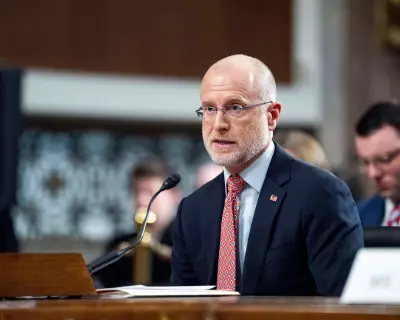
Nestled in the rolling hills of the German countryside lies a village with an extraordinary story—a community that became an unwitting symbol of the Cold War's bitter divisions. While the world watched Berlin, this tiny hamlet experienced its own painful separation that continues to echo through daily life.
A Village Torn Apart
Mödlareuth, often called "Little Berlin," found itself brutally divided by the Iron Curtain. What was once a cohesive community became two separate entities overnight, with families and neighbours suddenly living in different worlds—one in West Germany, the other in the communist East.
The transformation was both sudden and brutal. Where children once played across village boundaries, concrete walls and barbed wire appeared. Watchtowers manned by armed guards replaced friendly greetings, turning a peaceful rural community into a fortified border zone.
The Wall That Still Stands
Unlike Berlin, where most of the wall has disappeared, Mödlareuth preserves a section of this grim history. The remaining barrier serves as a powerful monument to the village's unique experience of division. Visitors can walk along what was once the death strip, now a place of reflection and education.
"You have to understand," explains a local museum guide, "for us, the division wasn't abstract politics. It was watching your cousin through barbed wire. It was neighbours becoming strangers."
Life in Divided Mödlareuth
The village's separation created surreal situations that highlighted the absurdity of Cold War politics:
- Residents on opposite sides developed different dialects and cultural references
- Simple errands became international journeys requiring paperwork
- Farmland was bisected, leaving farmers unable to access their own fields
- Children attended different schools just metres apart but worlds away
The Legacy of Reunification
When the Berlin Wall fell in 1989, Mödlareuth celebrated with particular passion. However, reunification proved complex. Decades of separation had created real differences in outlook, economic development, and even everyday habits.
Today, the village has become an unlikely tourist destination, attracting visitors curious about this living monument to Cold War history. The museum that chronicles the village's story serves as both educational centre and warning from history.
Why Little Berlin Matters Today
Mödlareuth's story resonates powerfully in our current era of political divisions and border debates. It stands as testament to both human resilience and the enduring impact of artificial boundaries. As one resident poignantly notes, "Walls can be built quickly, but rebuilding trust takes generations."
The village continues to navigate its unique identity—part living community, part historical monument. Its preserved wall section serves as a permanent reminder that while political divisions can be dismantled, their echoes linger in the landscape and in memory.





